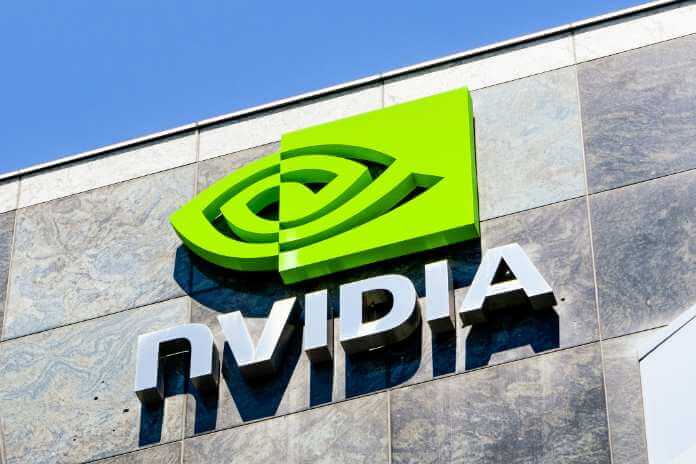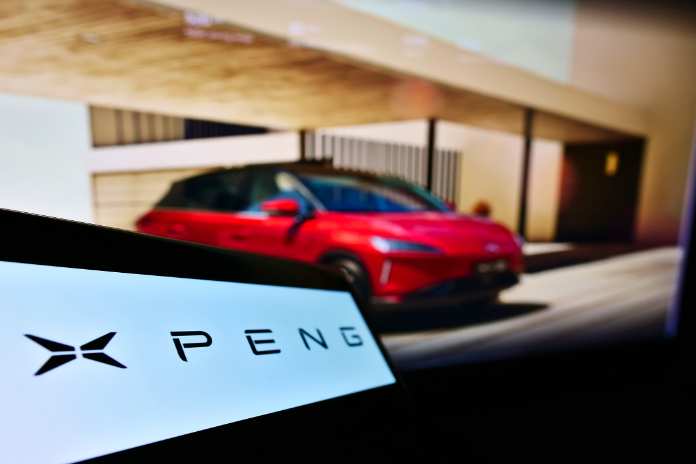Nvidia Corporation (NASDAQ:NVDA) released its most recent quarterly earnings report. Profits were lower than expected, but overall results were in line with what the market anticipated since Nvidia had pre-announced some of its effects not long ago.
However, the company’s outlook for the current quarter is far worse than predicted. The recent crypto winter is undoubtedly putting a strain on Nvidia, and it is doubtful to pay $170 or more per share of Nvidia in the present situation.
Q2 is worse than expected.
Nvidia has previously revealed its second-quarter sales statistics, so there was no significant surprise there – experts changed their models accordingly, and Nvidia reached the consensus estimate.
Nonetheless, the corporation fell short of expectations due to worse-than-expected margin compression. In reality, Nvidia’s gross margin dropped dramatically, as shown in the table below:
Over the previous year, the company’s gross margin fell from a highly attractive 67% to a considerably less appealing 46%, nearly halving. In absolute terms, a gross margin of 46% isn’t awful. Still, the significant margin decline considerably influences Nvidia’s profitability.
Nvidia was commonly considered a high-end semiconductor business capable of generating huge margins due to its superior product quality. But, at least for the time being, that appears to be over since its gross margin is significantly smaller than what we have become accustomed to in previous years.
At the same time, Nvidia’s operational expenditures increased dramatically. This comprises not just R&D and sales but also administrative expenditures. While Nvidia’s sales increased by 3% year on year, operational expenditures increased by about 40% – or roughly 13 times the company’s revenue. That’s terrible, and it’s unclear why it happened. Higher R&D costs aren’t always negative, as long as they result in high-quality goods that boost the long-term growth forecast.
Nvidia’s quarterly share profits were $0.50, or a $2 annual rate. This is anticipated to fall even lower in Q3, as suggested by the poor forward forecast (later). Profits had now returned to the levels experienced in early 2020 when earnings per share were also in the $0.50 area. It’s worth noting that Nvidia was trading as low as $50 at the time, but it’s now trading at $170, or more than 80 times the Q2 earnings run rate.
These are Nvidia’s non-GAAP numbers, which exclude factors like share-based pay. GAAP profitability was much worse, with GAAP earnings per share of $0.26 – or almost $1 annually, for a 170x earnings multiple. That’s a lot of money for a firm with a 3% top-line growth rate.
Nvidia’s Forward Guidance Is Horrendous
First and foremost, I believe Nvidia is a quality business with a solid long-term outlook, owing to its strong position in growing industries such as AI, autonomous driving, and so on. I’d also want to point out that I’ve been a fan of Nvidia in the past, and the stock has risen since my last cheerful piece. However, when the facts alter and the underlying performance is substantially worse than previously assumed, it is reasonable to reconsider one’s previously bullish view.
Nvidia provided poor guidance for the current quarter, Q3. The business forecasts $5.9 billion in sales for the period, which is not only $1 billion or 15% lower than the current average estimate but also represents a 16.9% decrease from last year’s Q3 revenue of $7.1 billion. This is close to Intel’s (INTC) sales fall in the most recent quarter, when the company reported a 17.3% drop in revenue. In other words, Nvidia anticipates a revenue decline equivalent to the one announced by Intel. — The big difference is that Intel trades at 2.1x ahead sales, but Nvidia trades at 15x forward sales, a 600% premium over Intel.
There are compelling reasons for Nvidia to trade at a premium over Intel, such as its prominent presence in the rapidly increasing data center industry, where Nvidia’s sales increased by 60% in Q2. In contrast, Intel’s data center revenue decreased. However, whether it makes sense for Nvidia to trade at a 600% premium on a sales basis relative to Intel while both are experiencing revenue declines is extremely doubtful, in my opinion.
What is the reason behind Nvidia’s expected revenue reduction in the current quarter? It isn’t the total semiconductor market since the World Semiconductor Trade Statistics, or WSTS, recently projected that global semiconductor revenues would increase 14% in 2022. When Nvidia’s revenues decline by double digits while the semiconductor industry grows by double digits, there must be other things at work. In the case of Nvidia, this is the present crypto winter. While Nvidia’s processors were ineffective for Bitcoin mining, they were ideal for Ethereum mining due to the GPU-friendly algorithm used by Ethereum. With cryptocurrency prices expected to plummet in 2022, Nvidia is under pressure for two reasons.
Because Ethereum mining has become less economical, the corporation may offer fewer chips to crypto miners, causing demand to fall. This is hastened by the fact that some crypto miners are selling their GPUs on secondary markets, putting additional pressure on the cost of new GPUs. Simultaneously, lower demand from crypto miners leads to a looser supply-demand situation, which causes GPU prices to fall.
What’s The Outlook?
Nvidia, I feel, will continue to be a good growth firm in the long run. The need for data centers will continue to rise. Autonomous driving is a long-term megatrend that will drive increased demand for Nvidia’s Hyperion platform and related goods. In the short term, though, the picture remains bleak.
Nvidia is selling at a somewhat high valuation of 46x forward earnings, even before those profit expectations have been reduced owing to weaker-than-expected Q3 guidance. I do not feel it is a good buy at present levels. Other semiconductor firms with far more excellent near-term growth prospects that trade at less than half Nvidia’s earnings multiple include AMD (AMD), Broadcom (AVGO), Qualcomm (QCOM), and others. With those options accessible today, I don’t see a compelling need to purchase Nvidia. The long-term prognosis is favorable, but the near-term difficulties and exorbitant value keep me away for the time being.
Featured Image : Megapixl © Andreistanescu

















